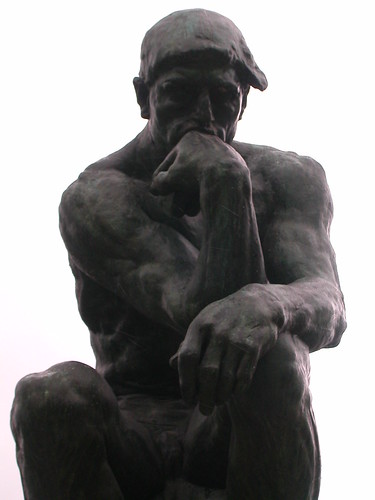 A recent New York Times article, Internet Use Affects Memory, Study Finds, reminds us, with research to boot, that we only remember what we need to remember. This doesn’t seem to be anything new, especially if readers ask themselves how many friends and family member’s phone numbers can be recalled without looking them up in the phone’s address book–probably only one or two, if that, right?
A recent New York Times article, Internet Use Affects Memory, Study Finds, reminds us, with research to boot, that we only remember what we need to remember. This doesn’t seem to be anything new, especially if readers ask themselves how many friends and family member’s phone numbers can be recalled without looking them up in the phone’s address book–probably only one or two, if that, right?
This idea that the internet is changing us, or that we are adapting because of it should be common sense, but Voltaire may have had a point when he said: “Common sense is not so common.”
To follow the logic that internet changes how our memory functions, we should also know that with any memory adaptation there will also be changes in behavior. For example, we now expect to search for the answers to our questions and turn out a good answer within moments. Here’s where ecommerce merchants should be listening.
Ecommerce customers have developed a highly sharpened sense of desire to get what they want exactly when they want it. We all know if they walk away from the computer they may never come back. For that matter our society is so ADD online that ecommerce merchants only have a few seconds before customers flutter away in frustration.
Here’s a top five list of ecommerce store design tips to remember:
- Clean the clutter: Ecommerce store design should be free of clutter–not just on the home page, but every page. Customers should be able to find what they’re hunting within seconds. (don’t use unnecessary graphics, flash, video, etc.)
- Copy should be original and crisp…not miles of unreadable, repeating keywords whose only purpose is to woo search engines.
- Employ a great advanced product search that works with SKUs and product descriptions.
- Customers want more streamlined experiences, so ecommerce is going mobile–don’t forget to make your site design mobile friendly.
- Don’t hesitate to take pages as deep as they need to go. It’s a lot better to organize everything in its own easy-to-find spot, than presenting customers with a hundred products on one page to browse. Ecommerce features like pagination, high quality design product pages with product image viewers, and custom-built multi-product selection widgets can help.
Just because it’s time to organize your ecommerce store a little better, this doesn’t mean to take the spartan empty house approach. To help qualify any new features and design you want to integrate into your ecommerce store, in order to enhance the shopping experience, determine the exact purpose and goal of each before making your move–then have a testing process in place for performance evaluation to let you know whether the design or development upgrade should stay or go.
